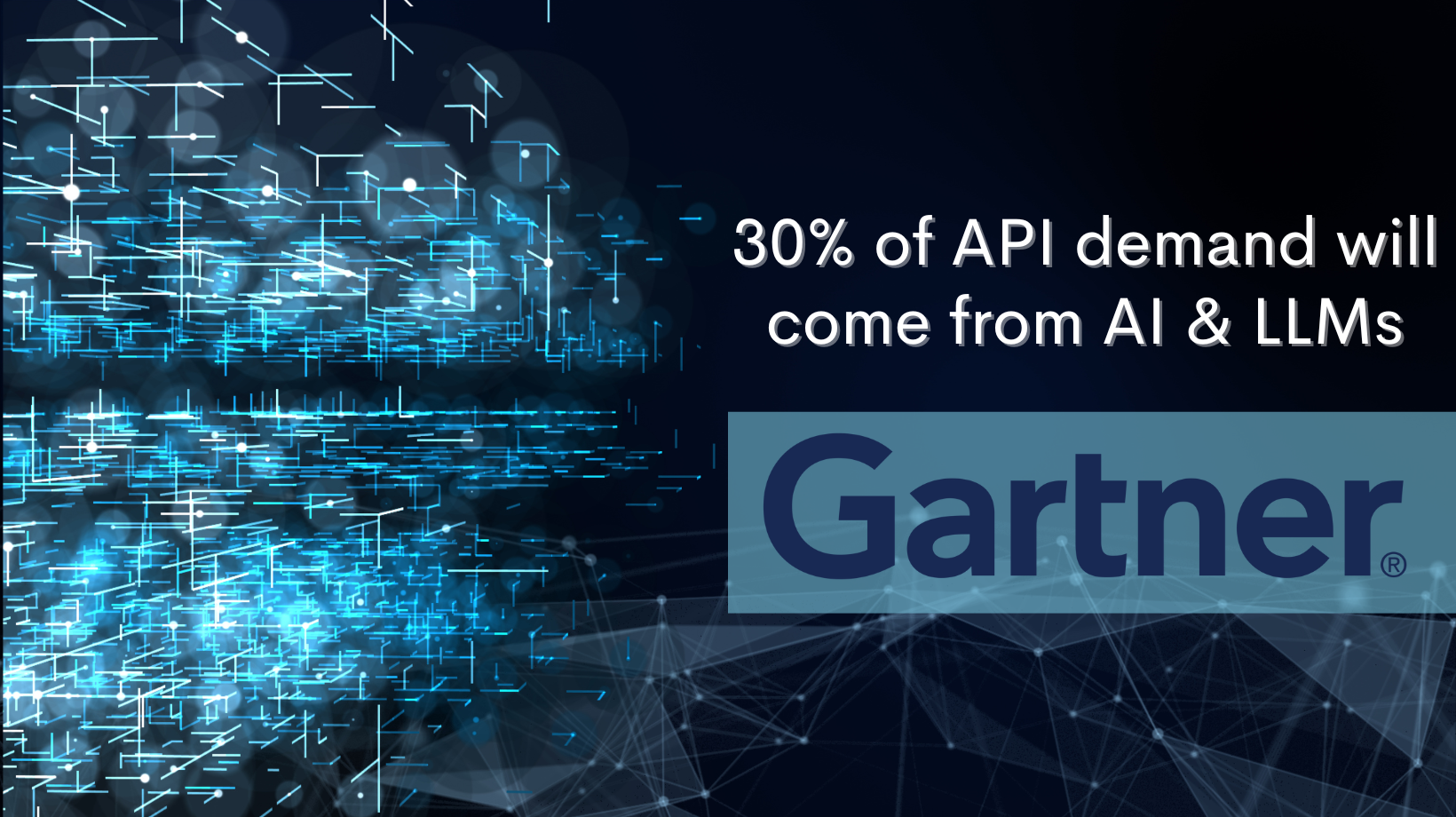Gartner, Inc. has identified the top 10 data and analytics (D&A) trends for 2023. The trends aim to guide D&A leaders to create new sources of value. Companies can achieve this by anticipating change and transforming extreme uncertainty into new business opportunities.
Value Optimization
D&A leaders struggle to articulate the value they deliver for the organization in business terms. Value optimization from an organization’s data, analytics, and artificial intelligence (AI) portfolio requires an integrated set of value-management competencies, including value storytelling, value stream analysis, ranking and prioritizing investments, and measuring business outcomes to ensure expected value is realized.
Managing AI Risk
The growing use of AI has exposed companies to new risks, such as ethical risks, poisoning of training data, or fraud detection circumvention, which must be mitigated. Managing AI risks is not only about being compliant with regulations. Effective AI governance and responsible AI practices are critical to building stakeholder trust and catalyzing AI adoption and use.
Observability in Data and Analytics
Observability is a characteristic that allows the D&A system’s behavior to be understood and allows questions about their behavior to be answered. It enables organizations to reduce the time to identify the root cause of performance-impacting problems and make timely, cost-effective business decisions using reliable and accurate data.
Data Sharing is Essential
Data sharing includes sharing data internally (between or among departments or across subsidiaries) and externally (between or among parties outside the ownership and control of your organization). Organizations can create “data as a product,” where D&A assets are deliverable or shared product. Adopt a data fabric design to enable a single data-sharing architecture across heterogeneous internal and external data sources.

Data and Analytics Sustainability
It is not enough for D&A leaders to provide analysis and insights for enterprise ESG (environmental, social, and governance) projects. D&A leaders must also try to optimize their processes for sustainability improvement. The potential benefits are enormous.
Practical Data Fabric
Data fabric is a data management design pattern leveraging all types of metadata to observe, analyze and recommend data management solutions. By assembling and enriching the semantics of the underlying data and applying continuous analytics over metadata, data fabric generates alerts and recommendations that both humans and systems can support action.
Emergent AI
Emergent AI will change how most companies operate regarding scalability, versatility, and adaptability. The next wave of AI will enable organizations to apply AI in situations that are not feasible today. AI will become more pervasive and valuable.
Converged and Composable Ecosystems
Converged D&A ecosystems design and deploy the D&A platform to operate and function cohesively through seamless integrations, governance, and technical interoperability. Architecting, assembling, and deploying configurable applications and services delivers an ecosystem’s composability.
Consumers Become Creators with Data and Analytics
Conversational, dynamic, and embedded user experiences that address specific content consumers’ point-in-time needs will replace the percentage of time users spend in predefined dashboards. Organizations can expand the adoption and impact of analytics by giving content consumers easy-to-use automated and embedded insights. These include conversational experiences they need to become content creators.
Humans Remain the Key Decision Makers
Not every decision needs automation. D&A groups explicitly address decision support and the human role in automated and augmented decision-making. Organizations’ data literacy programs need to emphasize combining data and analytics with human decision-making.






























